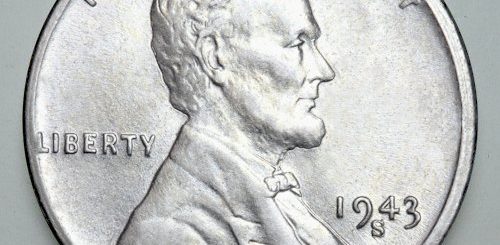Double Eagle Coin – Liberty Head & Saint-Gaudens
The Double Eagle Coin Series is composed of $20 gold coins bearing the image of an eagle on the reverse. Although the name says double eagle, there’s only one eagle in the design and it only has one head. So it is not to be confused with a double-headed eagle in a lot of symbols or coat of arms, which are also found on some coins. The coin was named double eagle to distinguish it from the $10 coin, which is identified as an “eagle”. And since $20 is double the value of the $10 coin, it was appropriately called “double eagle”. This addition to U.S. gold coins was afforded partly due to the gold discovery in 1848, or better known as the California Gold Rush.
There are two main designs of the Double Eagle Coins, the Liberty Head, and the Saint Gaudens designs. The Liberty Head or Liberty Coronet design features the bust of the goddess Liberty on the obverse side with the 13 stars, representing the 13 original U.S. colonies, around the upper half of the coin’s edge. The reverse side of the Liberty Coronet design bears the image of an eagle with its wings spread widely. On the eagle’s chest is a striped protective shield. Above its head are the 13 stars forming a circle like a crown. The upper half of the coin’s edge is inscribed with the words “United States of America” while the lower half is the denomination of the coin, both of which are in capital letters. Mintage of the Liberty Head coins began in 1849 and lasted until 1907.
The Saint Gaudens design, on the other hand, is a standing image of goddess Liberty holding an olive branch on her left hand and a torch on her right, while her left foot is resting on a rock. The goddess’ back is illuminated by golden rays of the sun and her hair seems to be being blown by the wind. The edge of the coin is lined with small stars.
On the coin’s reverse is an eagle in flight with the sun’s rays again on the background. Inscribed on the upper half of the edge are the words “United States of America” and right underneath it are the words Twenty Dollar. This design, which is said to be the most intricate and most beautiful of all U.S. coin designs, was designed by the famous sculptor Augustus Saint-Gaudens and so, was named after him. The only downside of this design is that the high-relief proofs required a longer striking process due to its intricacy. Because of this, only a few coins were struck in very high-relief dies. Lower-relief dies were used for the mass production of the coin. Mintage of this design started in 1907 and continued until 1933.


